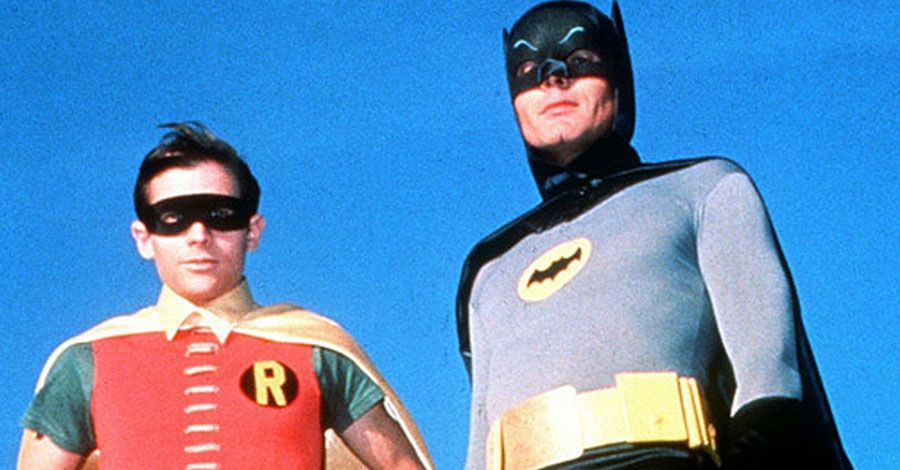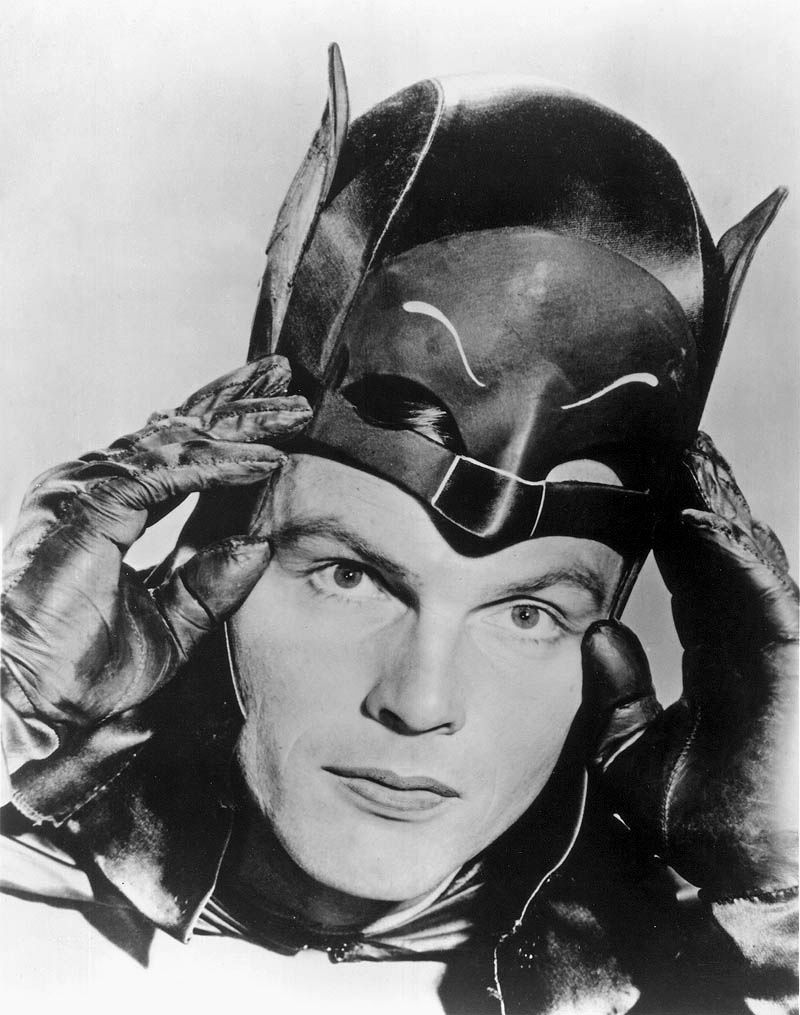Fifty years ago today, Batmania first took hold of America as ABC premiered the now-iconic "Batman" television series.
If there were ever an overnight success, "Batman" was it. From the driving, infectious rhythm of Neal Hefti's theme song to the show's campy tone and pop-art style to the earnest performances of stars Adam West and Burt Ward, audiences were almost instantly hooked (as CNN notes, 52 percent of U.S. televisions were tuned to "Batman" on Jan. 12, 1966).
Then came the toys, lunchboxes, Halloween costumes and seemingly endless refrains of "Na na na na na na na na BATMAN!" Batmania didn't stop with North America, either, as the white-hot -- but ultimately short-lived -- phenomenon quickly spread abroad.
Producer William Dozier's campy approach may not have been what ABC and 20th Century Fox wanted -- they'd envisioned something more traditional, along the lines of "The Adventures of Superman" -- but "Batman," with its zany fistfights, over-the-top villains and rhyming episode titles, was exactly what children and adults were looking for in 1966.
RELATED: Adam West on the Positive, Lasting Influence of "Batman"
"Batman" aired twice a week during that first season, on Wednesdays and Thursdays, with the first episode always ending on a cliffhanger that left young viewers wondering how the Dynamic Duo would escape their current predicament. How could they not tune in the following night at the same Bat-time, same Bat-channel?
Of course, there was also the show's memorable parade of "special guest villains," from Frank Gorshin's Riddler in that premiere episode to Burgess Meredith's Penguin, Cesar Romero's Joker, George Sanders' Mr. Freeze, Vincent Price's Egghead and Julie Newmar's Catwoman (to be followed in the 1966 movie by Lee Meriwether and in Season 3 by Eartha Kitt). And don't forget the long list of celebrities who made cameos, peering out of windows just as Batman and Robin scaled their buildings.
RELATED: Remembering Every Superstar Guest Villain of Adam West's "Batman"
However, at some point in the second season, Batmania had begun to cool. With Season 3, "Batman" shifted to just one episode a week, the signature cliffhangers all but eliminated. Kitt, in a pioneering move, succeeded Newmar as Catwoman, and, just as memorably, Yvonne Craig was introduced as Batgirl. Alas, the series couldn't sustain the earlier seasons' quality, or ratings, leading ABC to cancel "Batman" after three seasons and 120 episodes.
While "Batman" maintained a dedicated cult following over the decades, fueled by reruns and convention appearances by its stars, the series has long experienced a complicated relationship with the comics industry and comics fans. The show that boosted the sales of Batman comics, for a time, also colored how the general public views the medium; "BIF! BAM! POW!" newspaper headlines linger to this day, even as most superhero comics, and their adaptations, diligently avoided anything that resembles "Batman's" sensibilities for decades. Attitudes have come back around on Adam West and company, however, with DC Comics' "Batman '66" digital series having celebrated the show's legacy for nearly three years.
But 50 years later, whether we saw "Batman" in its original airings or in reruns, we'll still debate who was the best Catwoman (for the record, it's Julie Newmar, with Earth Kitt a close second), admire Yvonne Craig's plucky Batgirl, chuckle at the lunacy of the guest villains, and involuntarily sing the theme in our heads.
Happy golden anniversary, "Batman."


